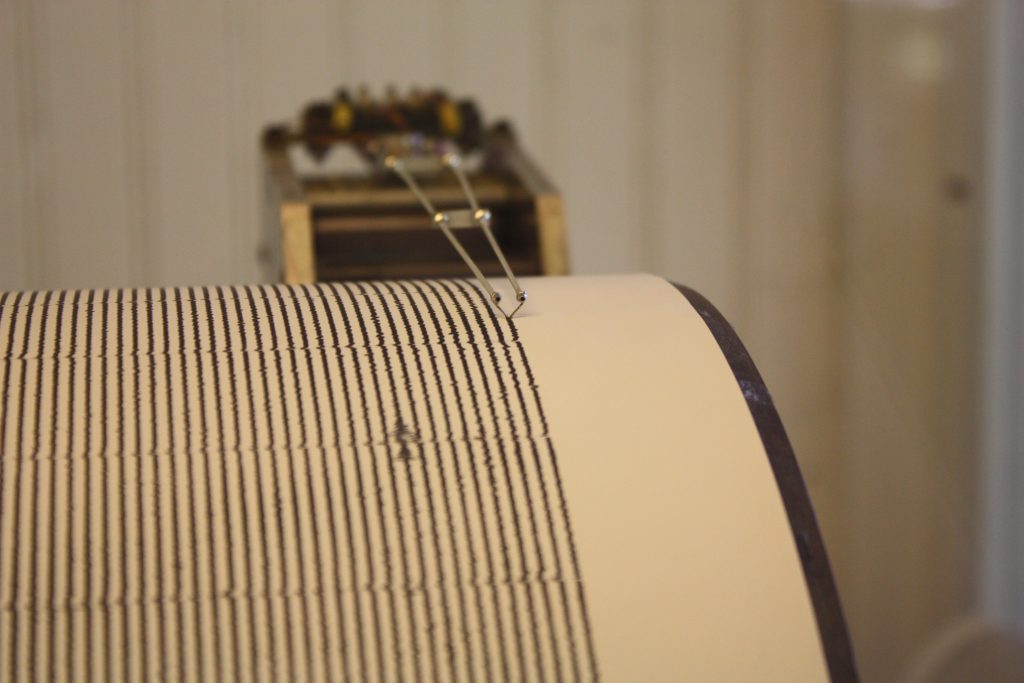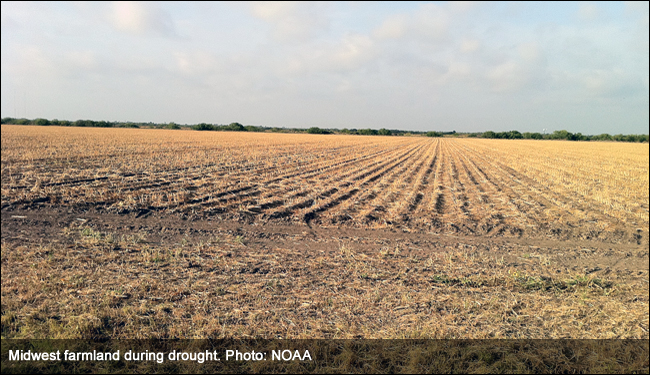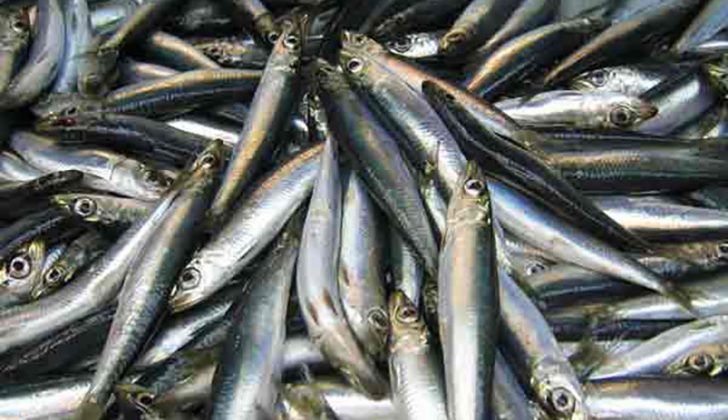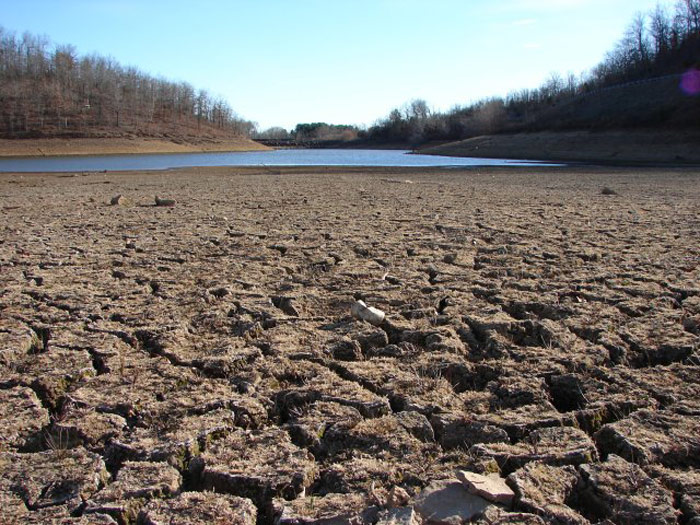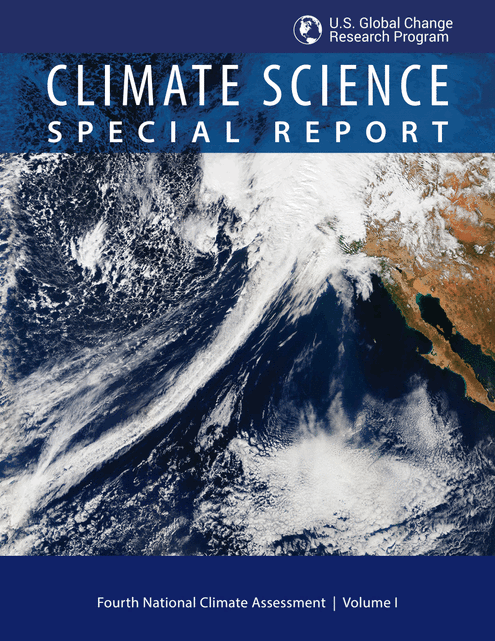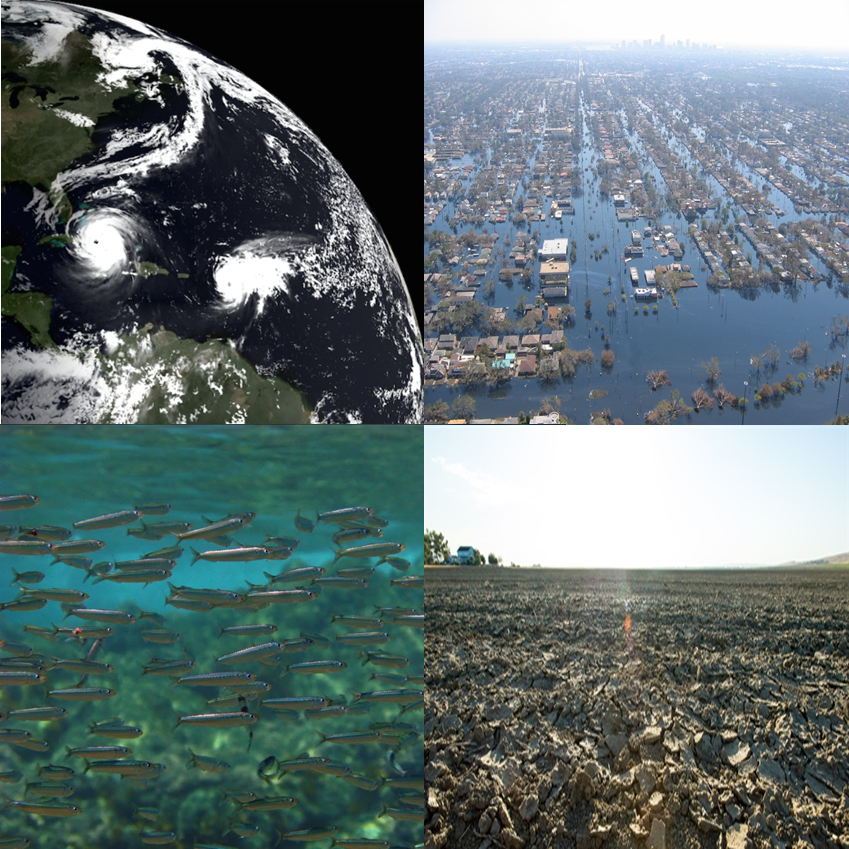Seismic sensors record hurricane intensity, study finds
A new study has found that seemingly trivial vibrations in the earth’s surface can actually encode the power of hurricanes moving over ocean waters. The findings may make it possible to estimate the strength of past hurricanes, to reveal long term changes in the severity and frequency of these storms, and help scientists understand potential future changes.
Seismic sensors record hurricane intensity, study finds Read More »


